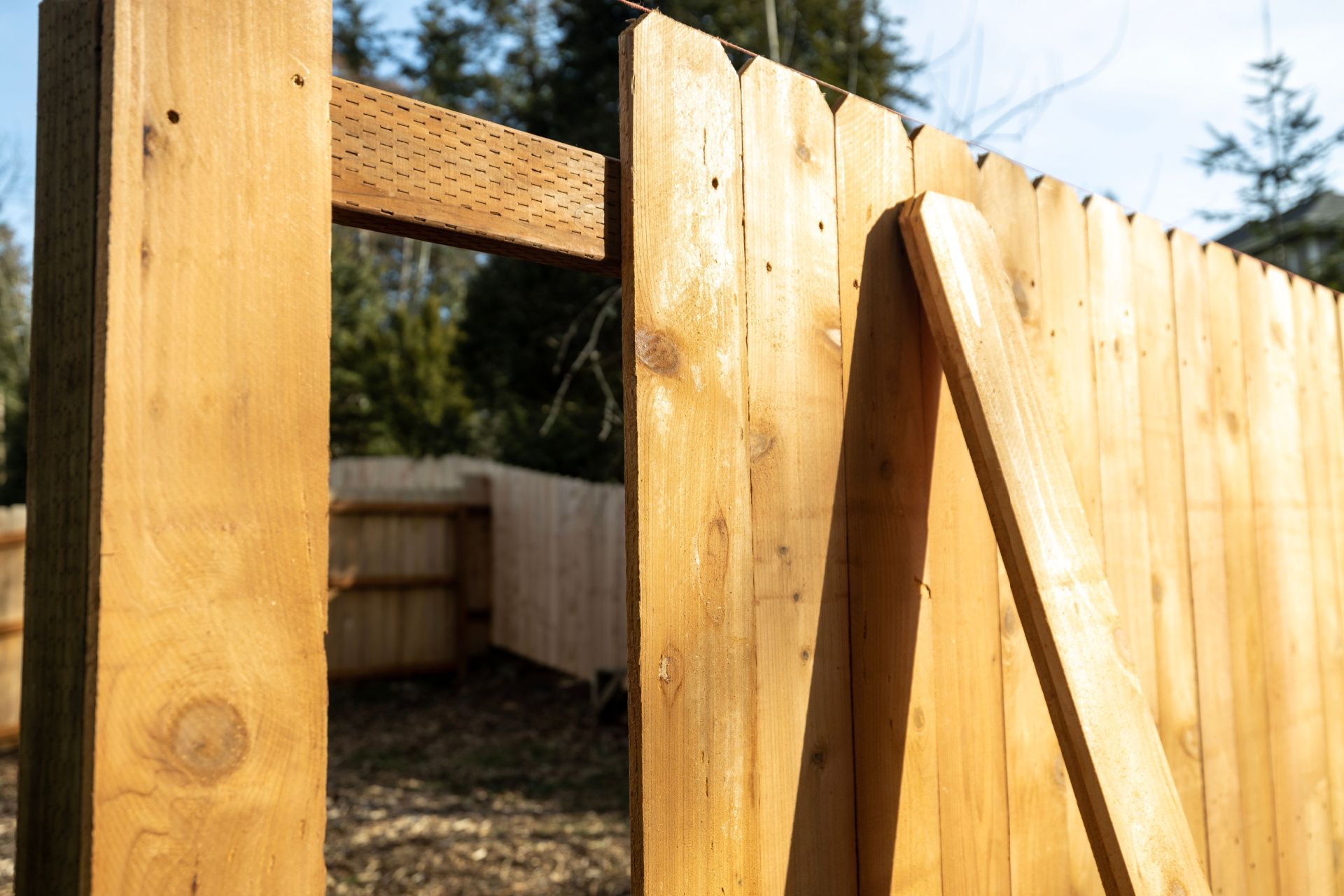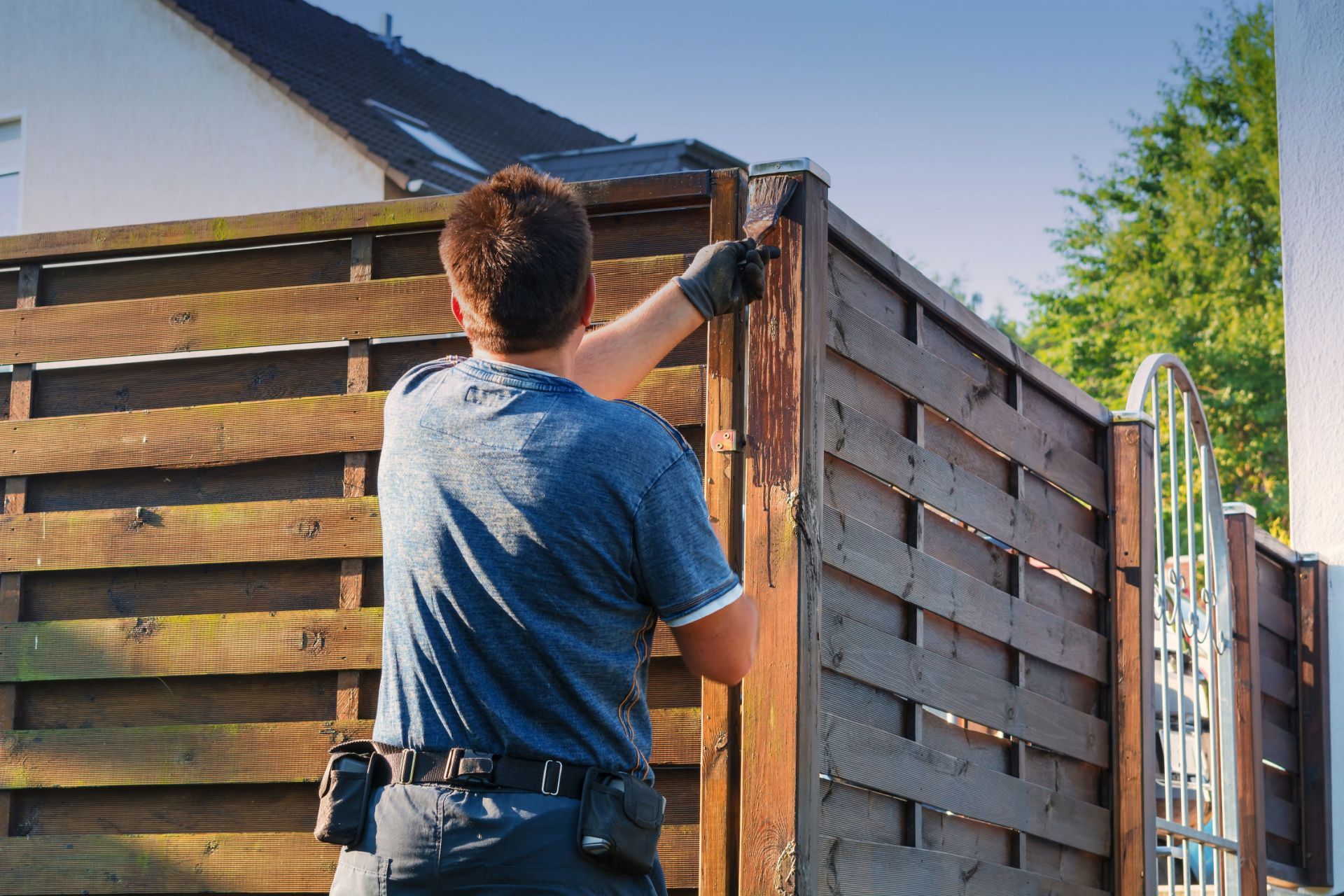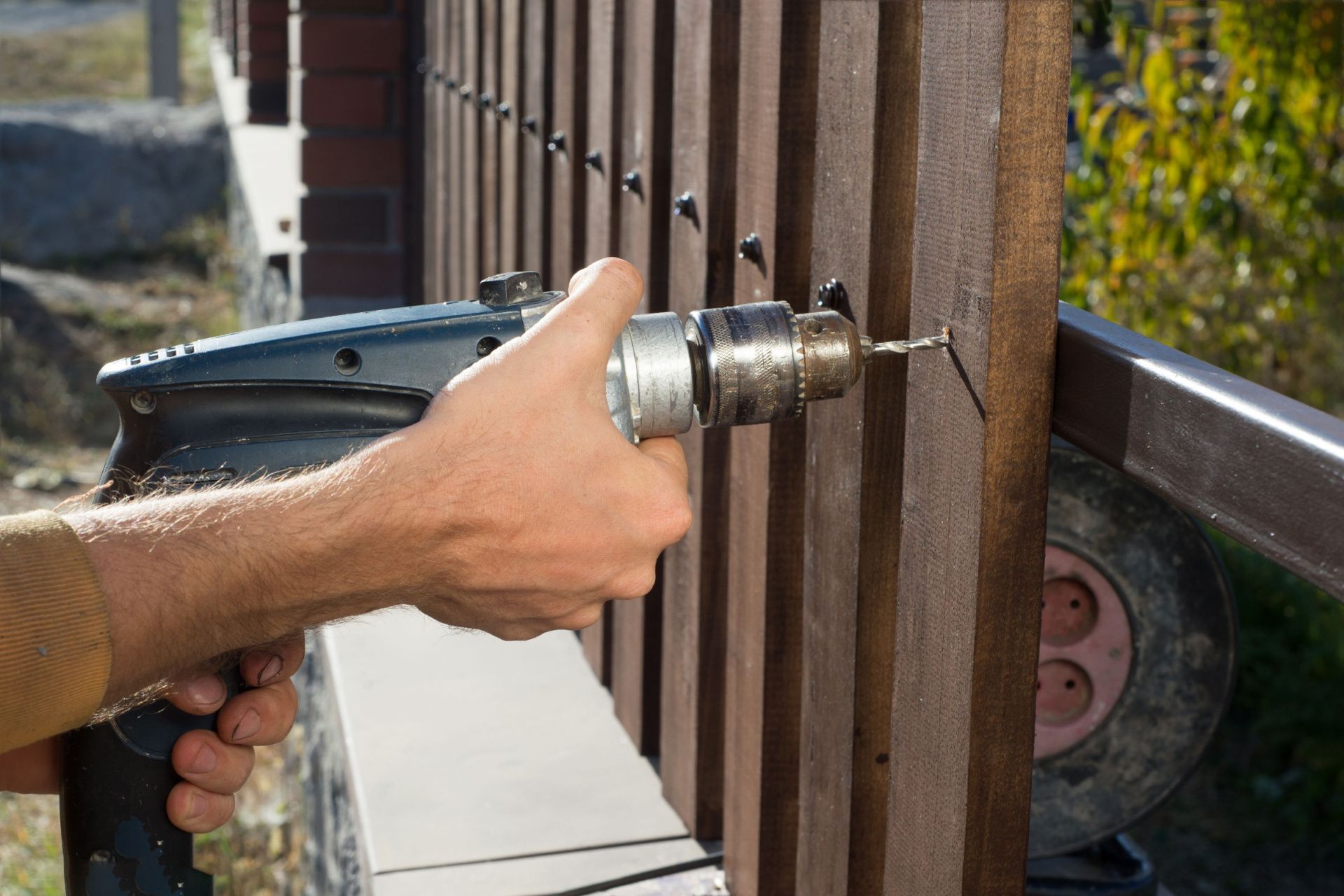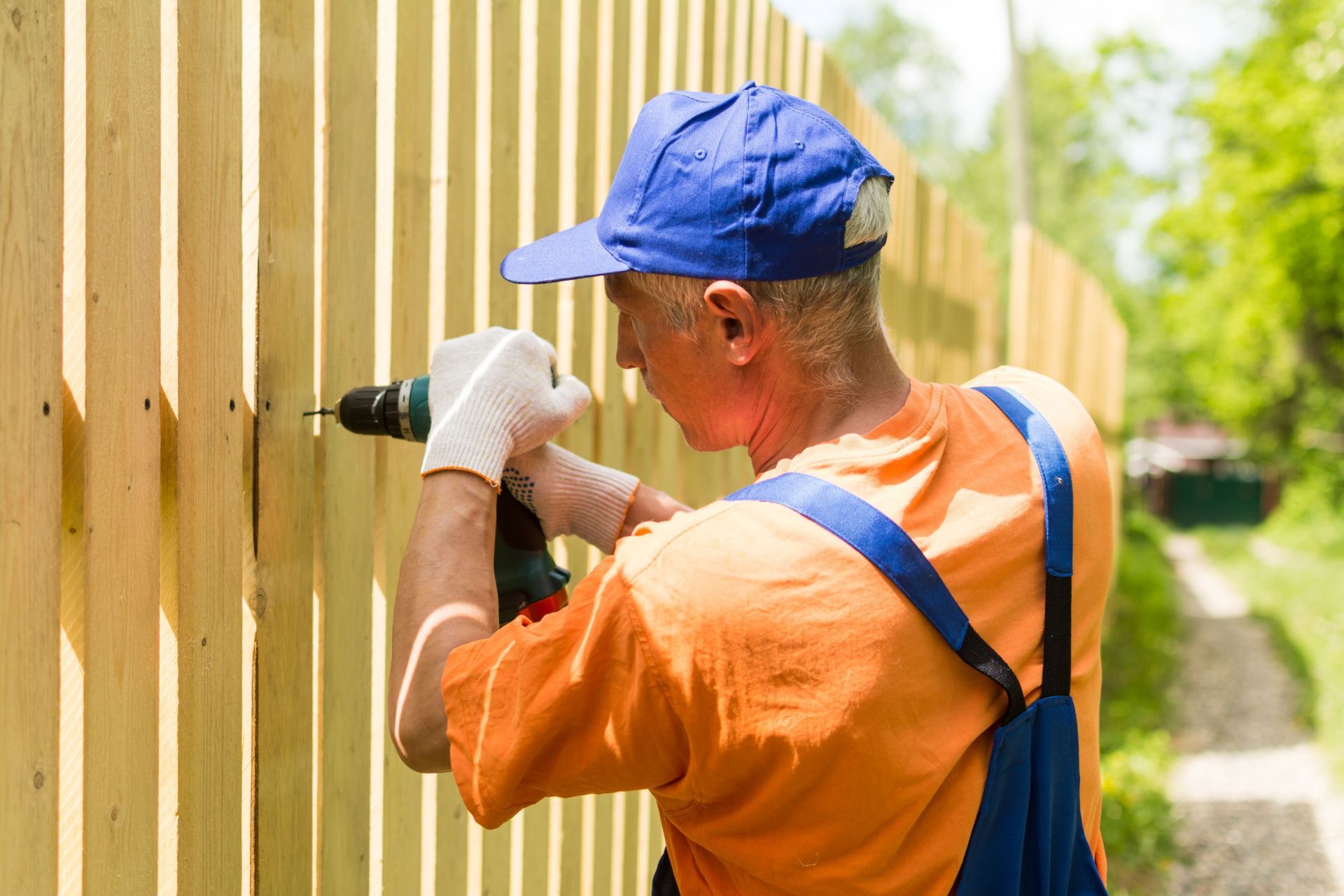What Is the Best Wood to Use for Exterior Fences?

What Are the Advantages and Disadvantages of Larch Fencing?
Larch wood is probably the most durable material for exterior use. It consists of fibers and weather-resistant resins, which eliminates the need for expensive and often toxic preservatives which are needed to preserve wooden fencing. Larch fences, however, can be somewhat expensive, and in some places where larch is not as common, or when competing softwoods dominate, larch fences are often not available or too expensive to transport.
As a softwood, larch is hard to cut and can twist or warp with temperature and humidity changes. The larch tree is an uncommon deciduous conifer tree. As a gymnosperm, it reproduces by seeds found within cones, however, does drop its needles come the autumn time, similar to other deciduous tree species. While larch trees are the fastest growing conifers, they only have 15 different species around the world. The larch can be afflicted by numerous diseases, pests, and animals, which in turn reduces its availability and lifespan. For this very reason, lumber companies found in Canada and the United States harvest and mill the western white pine, Douglas fir, and western hemlock which are at more affordable prices.
In Europe, larch can be found growing more abundantly, especially the hybrid Dunkeld Larch which can be found in northern Scotland and Switzerland. Larch used to be extremely common wood used for decking and boat planking, exterior larch furniture, cladding and framing for homes. Similar to coniferous softwood trees, like spruce and pine, larch has resin canals which ooze arabinogalactan, this is a water-soluble resin. This acts like a waterproof sealant and covers wounds and any other openings in the wood’s pores. Larch fencing is highly resistant to the likes of warping and rot. If you want to find out more about our services and prices, then contact Tim Akers Fence in Richmond, KY now on (859) 229-8881.



